Affiliate links on Android Authority may earn us a commission. Learn more.
The failure of OnLive is a lesson for Stadia and xCloud
November 21, 2019
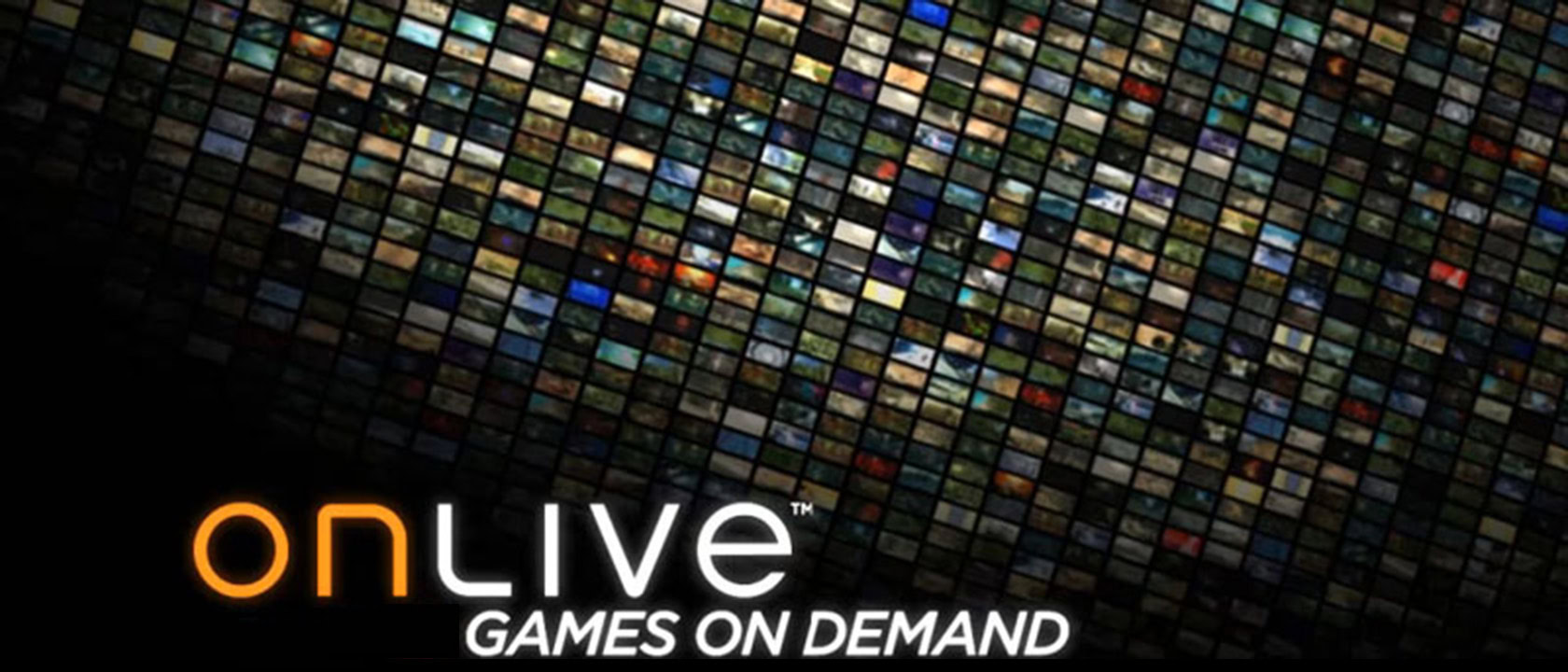
This week, Google officially launched Stadia. The streaming game service represents the biggest effort Google has ever put into the video game industry. In October, Microsoft started public previews of Project xCloud. Both are trying to bring high-end console and PC games to mobile devices, including smartphones. The success of both of these endeavors are up in the air, and part of the reason is the failure of other game streaming projects. None of them failed as hard as the OnLive service.
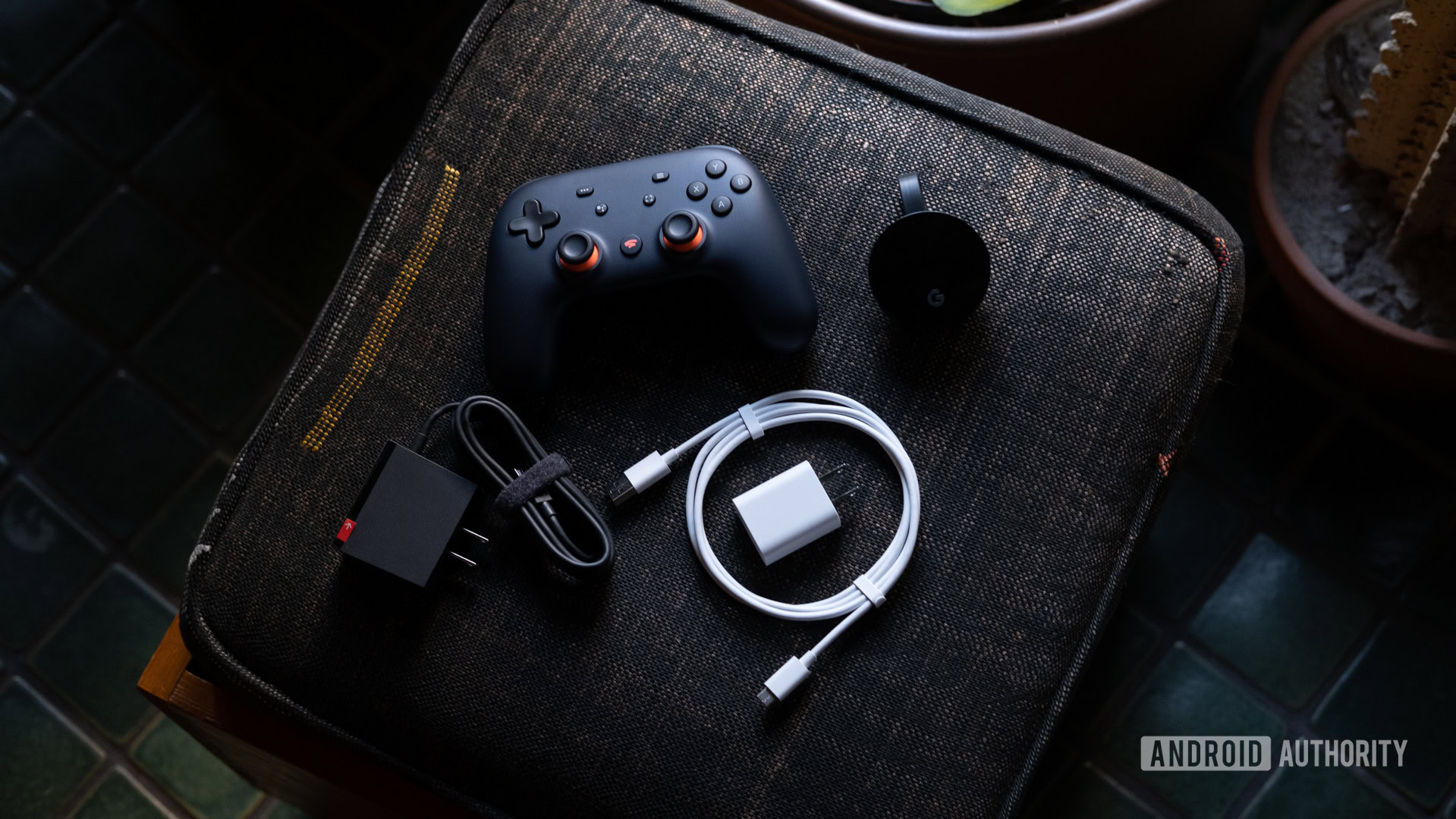
Announced with much fanfare in 2009, OnLive was promoted by many as the future of gaming. It finally launched in 2010, but it soon ran into trouble, and it finally shut down completely in 2015. What happened?
The promise of the OnLive service
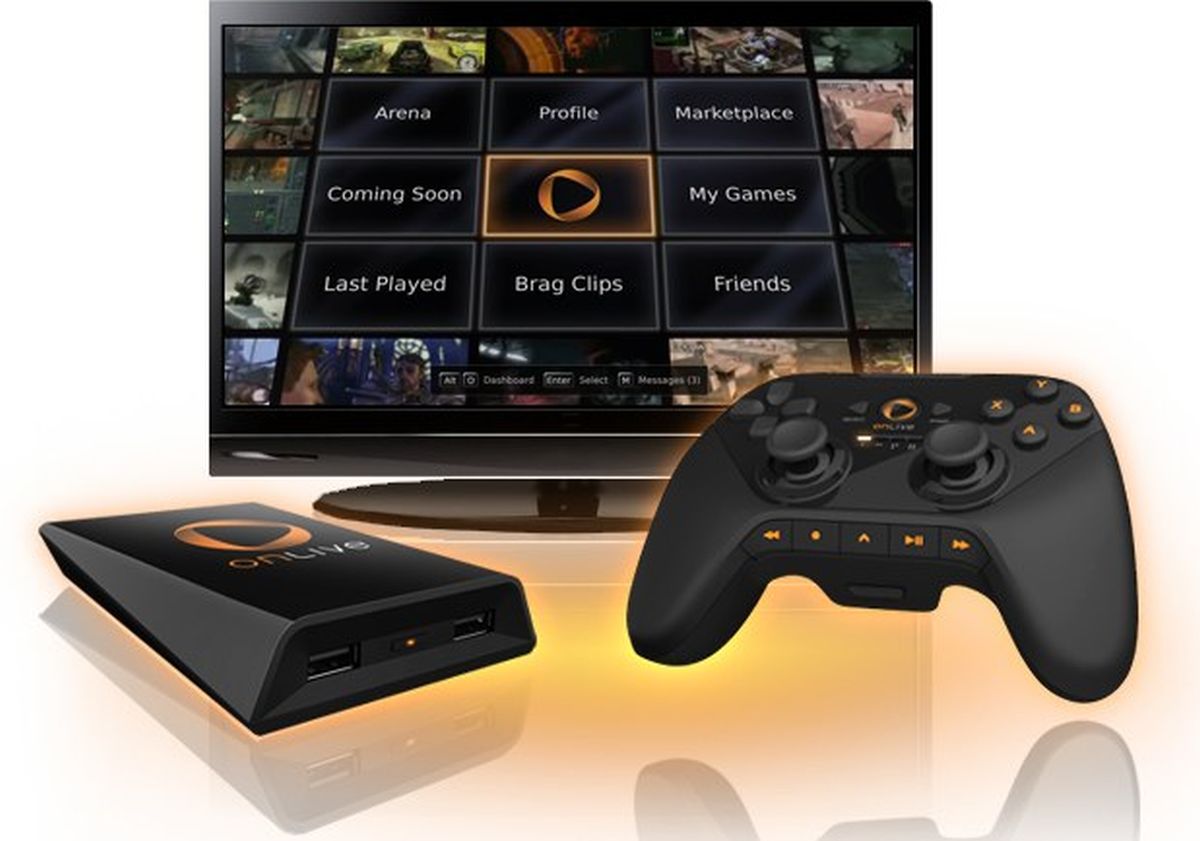
OnLive was founded way back in 2003, but it first announced its plans several years later in 2009. The company was headed up by Steve Perlman who previously created WebTV, a television set-top box that offers web browsing and internet access. WebTV was acquired by Microsoft, and Perlman used some of those funds to launch OnLive.
OnLive said that gamers would be able to play titles with high-end features and graphics on low-end PCs. As with Google Stadia and Project xCloud, all the legwork for running games would be handled by cloud servers. For televisions, the OnLive service offered a small hardware client, the MicroConsole TV Adapter, that could connect to the service. OnLive also had its own wireless controller.
One cool thing about the OnLive service was its spectator mode. It allowed people to actually watch live streams of other gamers playing titles. It was an early precursor to the massive “Let’s Play” trend in gaming that later became hugely popular with services like Twitch.
Even before it launched, many gamers and industry people were skeptical about how the OnLive service would work. The possible large amount of lag between the servers and the client was a big concern. The amount of data that would be needed to stream games was another concern.
The launch and the shutdown
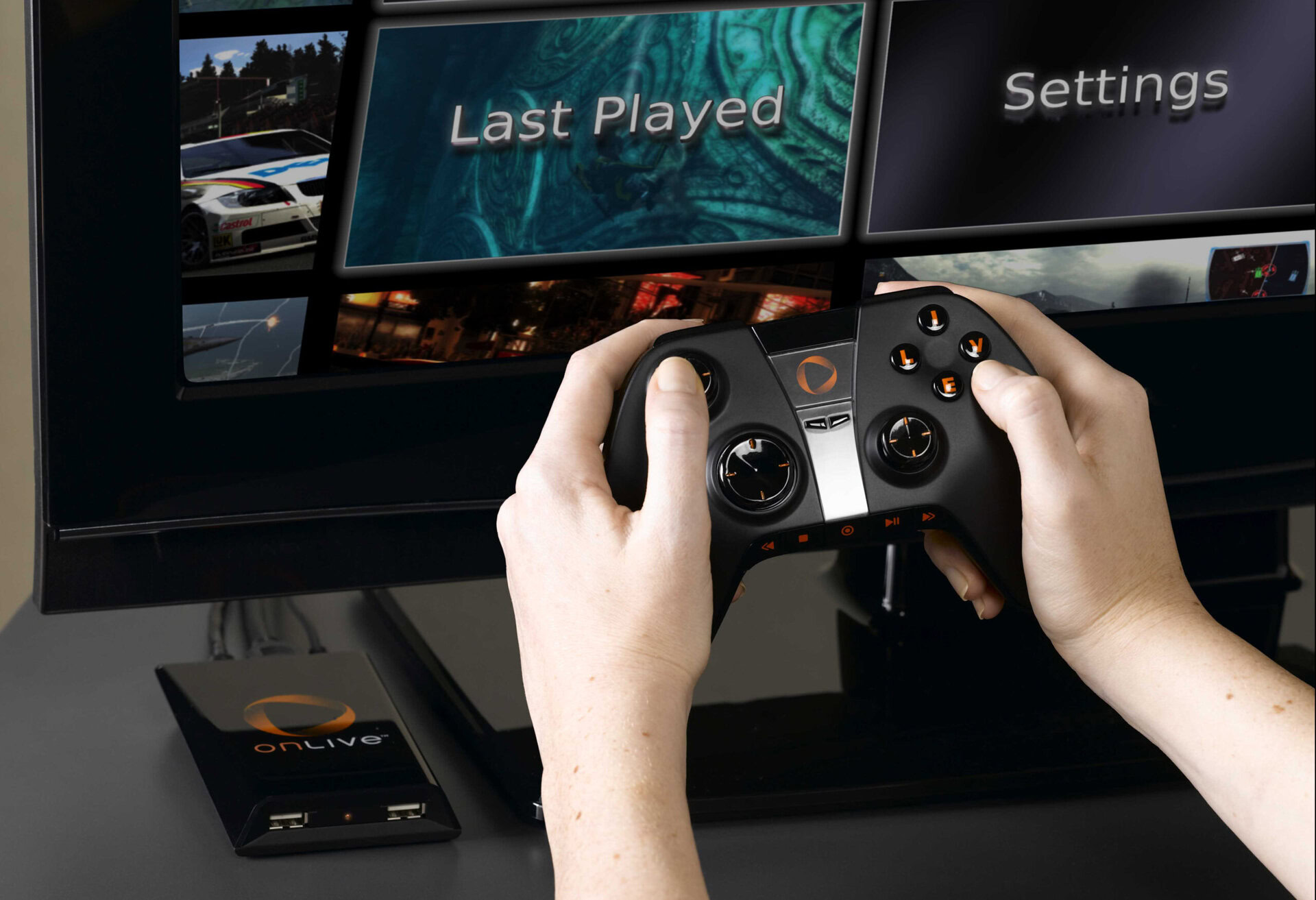
The OnLive service officially launched in June 2010. One big issue for gamers right from the start was that the service required a monthly fee on top of paying for each game. OnLive dumped that monthly fee later in October 2010. In December of that year, it quickly introduced a Netflix-style subscription service, where you could stream from a list of games for one monthly fee.
In late 2011, the OnLive service launched its iOS and Android apps, allowing smartphones and tablets to play PC and console games via streaming. Indeed, OnLive received a $40 million investment that same year from smartphone maker HTC. For a while, things seemed to be going great for OnLive.
Then the other shoe dropped. In August 2012, OnLive announced it has laid off all of its employees and sold off the company to an investment group, Lauder Partners. OnLive’s founder Perlman would exit the company a few months later. According to an interview with Perlman in 2019 for GameCrate, OnLive was doing well beforehand. He claimed in the interview that the company was in talks with PC maker HP to acquire OnLive. Perlman also said HP sent them $15 million in a bridge loan.
However, Perlman stated that later on, HP stopped its acquisition talks. That meant OnLive had to pay the loan back. While Perlman claimed he had secured another buyer for OnLive, that unnamed company said HP needed to extend the loan payback deadline before it would close the deal, which HP said it was unable to do.
After Perlman left the company, the OnLive service itself would continue to run, and in 2014, it tried to come back with a new feature called CloudLift. It allowed people to purchase and download games via Valve’s Steam service, but then they could play those games via OnLive’s cloud servers for a monthly fee.
The new feature was not embraced by gamers, and in 2015, most of OnLive’s assets were acquired by Sony. The OnLive service itself shut down on April 30, 2015. Today, the official OnLive website is still, well, live. However, it’s basically a placeholder, reminding people of what once was.
Lessons for Stadia and xCloud?
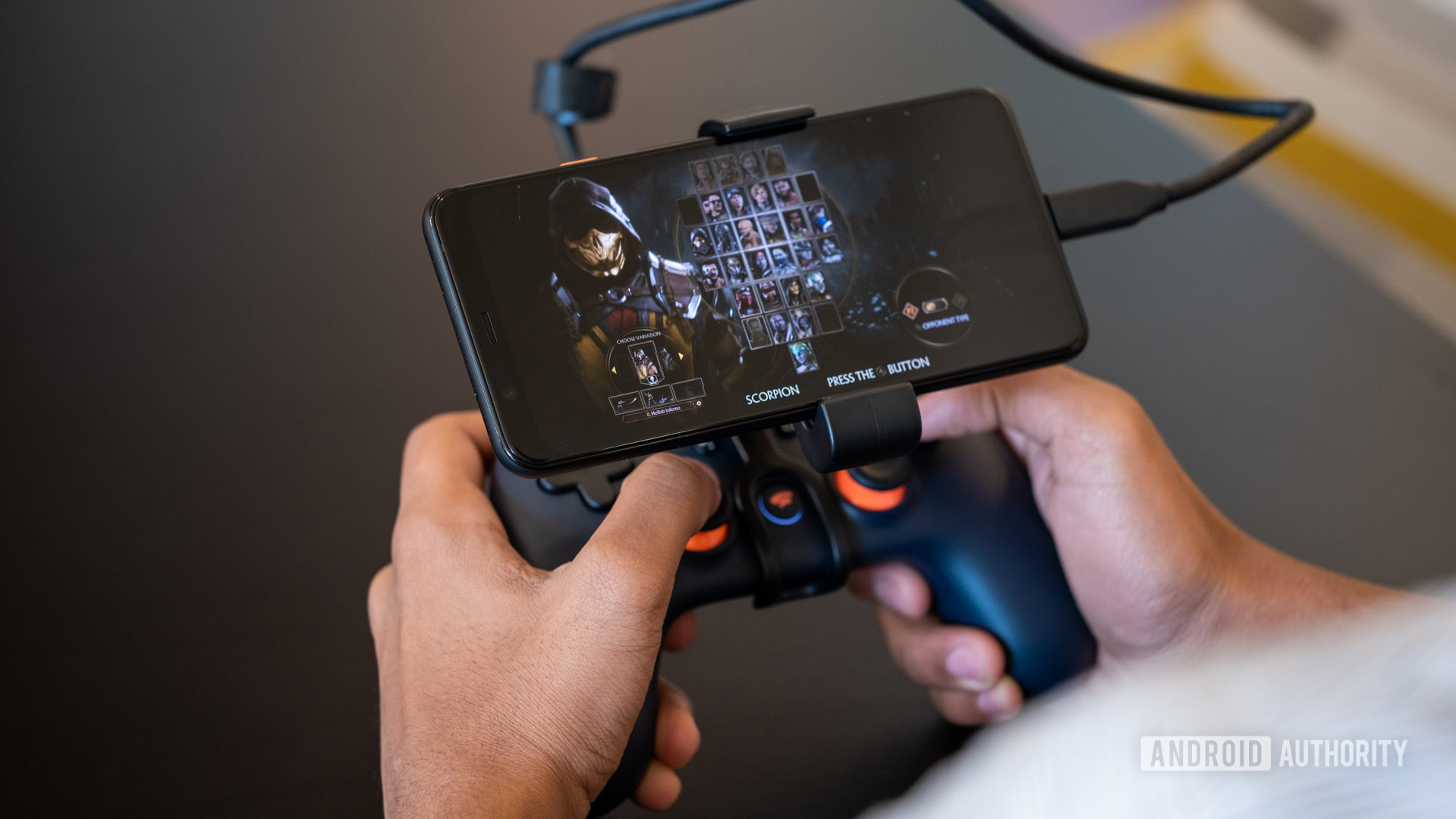
The OnLive service tried to bring PC and console games to almost any device with a screen, including smartphones. Google Stadia and Project xCloud are trying to do the same thing.
In 2019, things are a bit different. For one thing, smartphones and tablets are in more people’s hands. That means a bigger potential audience for services like Stadia and xCloud. For another, fast broadband access is more reliable and more prevalent. The promise of faster 5G cellular networks will also likely help both streaming services.
However, there are still some tech issues that need to be addressed. Some Stadia users are already reporting that using the service on their TVs are causing their Chromecast Ultra dongles to overheat. Our review of Stadia also noted that it uses up a ton of data, and that’s also likely an issue for xCloud testers as well.
Both Google and Microsoft have a ton of money behind them. Even if Stadia and xCloud run into some launch bumps, they have the cash and the time to fix things. The big question is whether or not there will be room for two, or more, mobile game streaming services. If there’s isn’t, then Stadia or xCloud could end up as Onlive did.
Thank you for being part of our community. Read our Comment Policy before posting.